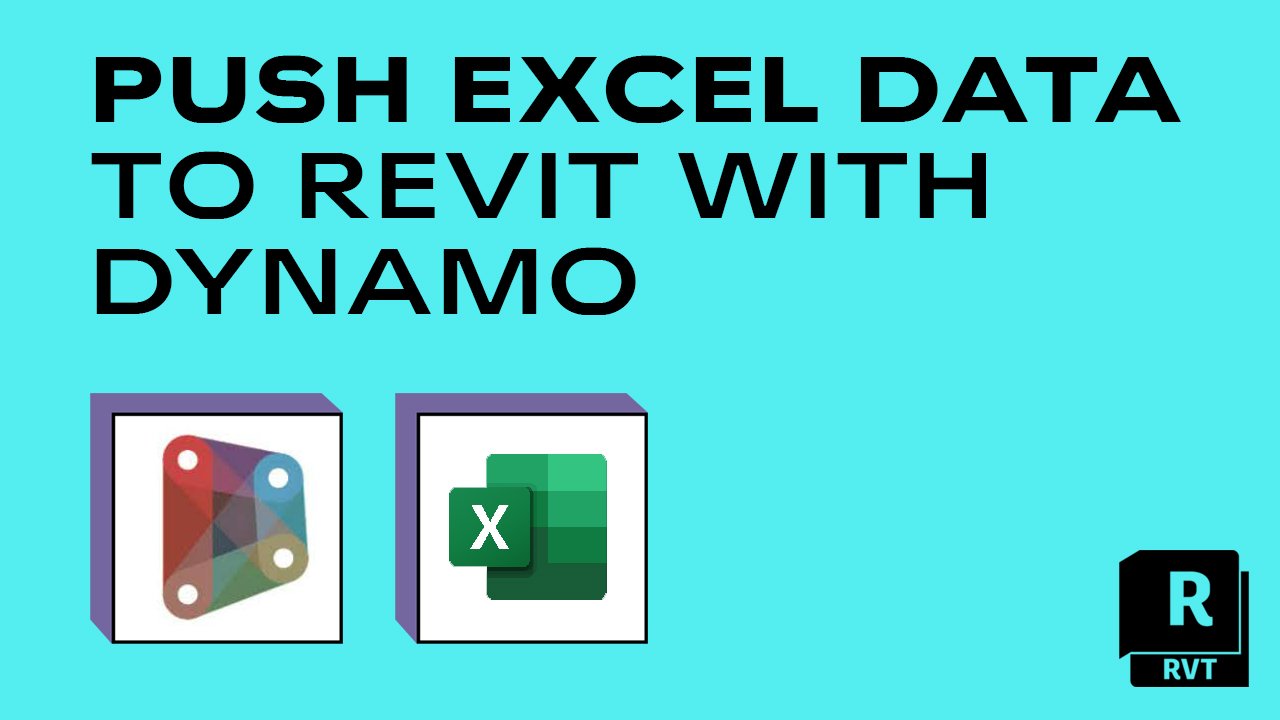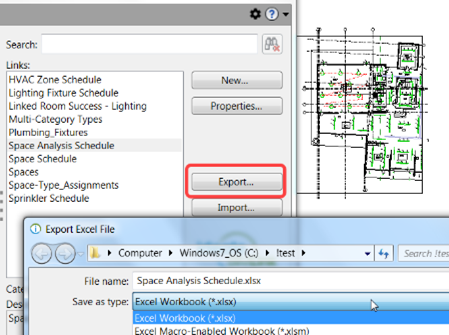Unlocking New Capabilities: Boost Revit Tools with the Right Plugins
Wiki Article
Revit Excel Combination Demystified: Streamlining Workflows for Improved Project Coordination
Are you tired of having problem with ineffective job sychronisation and taxing operations? Look no better, since Revit Excel Combination is right here to debunk the procedure and simplify your projects. With this effective device, you can enhance job sychronisation and get rid of the problem of hand-operated data entrance. In this short article, we will certainly guide you through the relevance of Revit Excel Combination, reveal you exactly how to enhance operations, and provide finest techniques for successful assimilation. Prepare to revolutionize your job control effortlessly.The Importance of Revit Excel Assimilation
You require to recognize the significance of Revit Excel integration to successfully streamline your operations and improve task control. The integration of Revit, an effective structure details modeling (BIM) software application, with Excel, a commonly made use of spreadsheet program, offers countless benefits for designers, designers, and building experts.

By incorporating Revit with Excel, you can remove manual data entry and minimize the risk of errors. This not just saves time but additionally makes sure accuracy in your job documents. You can upgrade data in Excel, and it will instantly upgrade in Revit, maintaining uniformity throughout your project.
Additionally, Revit Excel assimilation enhances task coordination by making it possible for efficient collaboration among team members. With data synchronized in between Revit and Excel, everybody can access one of the most current info and collaborate effortlessly. This advertises smoother interaction, reduces problems, and improves overall task performance.
Just How to Enhance Workflows With Revit Excel Combination
Enhance your process by perfectly linking Revit and Excel to enhance your workflow. By integrating these 2 powerful devices, you can enhance project coordination and improve efficiency in your work. With Revit Excel assimilation, you can conveniently transfer data in between the two systems, enabling for smooth communication and collaboration.

An additional advantage of Revit Excel assimilation is the capability to create custom-made reports and assess information better. With Excel's durable attributes, you can carry out innovative computations, create graphes and charts, and generate comprehensive records based on the data from your Revit versions. This permits you to make and obtain important understandings educated choices throughout the project.
Enhancing Project Sychronisation With Revit Excel Integration
By effortlessly connecting your style software application with effective information evaluation devices, you can greatly boost the sychronisation of your jobs. Revit Excel combination allows you to enhance read review your operations and enhance task sychronisation by eliminating hands-on data entrance and minimizing mistakes. With this combination, you can quickly move information between Revit and Excel, ensuring that all task information depends on day and exact.Among the crucial advantages of Revit Excel assimilation is the capacity to import and export data in between the two software seamlessly. This suggests that you can conveniently import existing project information from Excel into Revit, saving you time and effort in re-entering details. Similarly, you can export project information from Revit to Excel, permitting you to carry out innovative evaluation and computations using the powerful attributes of Excel.
Moreover, Revit Excel combination enables you to look these up develop dynamic links between the two software application (revit tool). This implies that any kind of changes made in Revit will instantly upgrade in Excel, and the other way around. This makes certain that all project stakeholders are collaborating with one of the most current info, improving project sychronisation and reducing the threat of errors
Conquering Obstacles in Revit Excel Integration
When getting over obstacles in the integration of Revit and Excel, it's essential to make sure smooth data transfer and reduce errors. One common obstacle is the compatibility of data layouts between Revit and Excel.Another difficulty is the absence of synchronization between Revit and Excel. It's important to develop a clear operations that ensures both systems are updated in real-time. This can be achieved by utilizing cloud-based collaboration tools or developing a system for normal data syncing.
Dealing with big datasets can additionally be troublesome. Revit and Excel have different capacities when it concerns handling big amounts of information. To overcome this challenge, you can split the data into smaller, manageable chunks or utilize information filtering strategies to concentrate on particular areas of passion.
Last but not least, human error can cause disparities in between Revit and Excel information. It is Recommended Site very important to train employee on the assimilation process and establish quality assurance steps to catch any kind of mistakes. Regular audits and cross-checks can assist determine and remedy any variances.
Best Practices for Successful Revit Excel Integration
To ensure successful combination of Revit and Excel, it is essential to comply with some finest practices that will certainly assist improve your operations and reduce mistakes. Firstly, constantly begin by creating a orderly and clear folder framework for your project files. This will certainly make it simpler to situate and upgrade the needed files when needed. Furthermore, when connecting Excel information into Revit, ensure that the information is free and tidy from any formatting concerns that might create mistakes. Use regular calling conventions for your Excel worksheets and columns to prevent complication.Another essential technique is to on a regular basis update your Excel information in Revit. Make it a practice to assess and update the data at routine intervals, particularly when modifications are made to the project.

Verdict
So, there you have it - revit Excel assimilation does not have to be a challenging task. With revit Excel integration debunked, you'll be well on your means to optimizing the capacity of these devices and taking your jobs to new heights.You can export your Revit timetables to Excel, make changes or updates in Excel, and then import the updated information back into Revit with simply a few clicks. Revit Excel integration allows you to improve your process and boost task sychronisation by eliminating hands-on information entrance and lowering errors. With this assimilation, you can quickly transfer data in between Revit and Excel, making sure that all project details is up to day and accurate.
You can export task data from Revit to Excel, enabling you to carry out advanced analysis and computations utilizing the effective features of Excel.
Additionally, when connecting Excel data right into Revit, guarantee that the data is clean and free from any type of formatting issues that might cause errors.
Report this wiki page